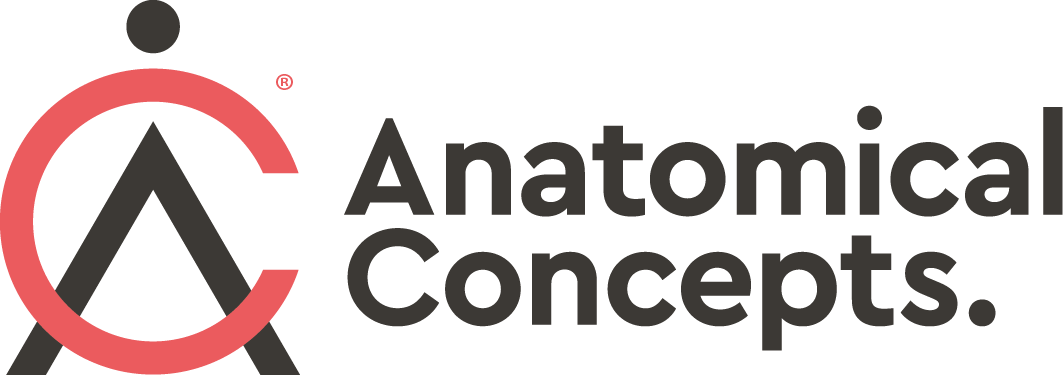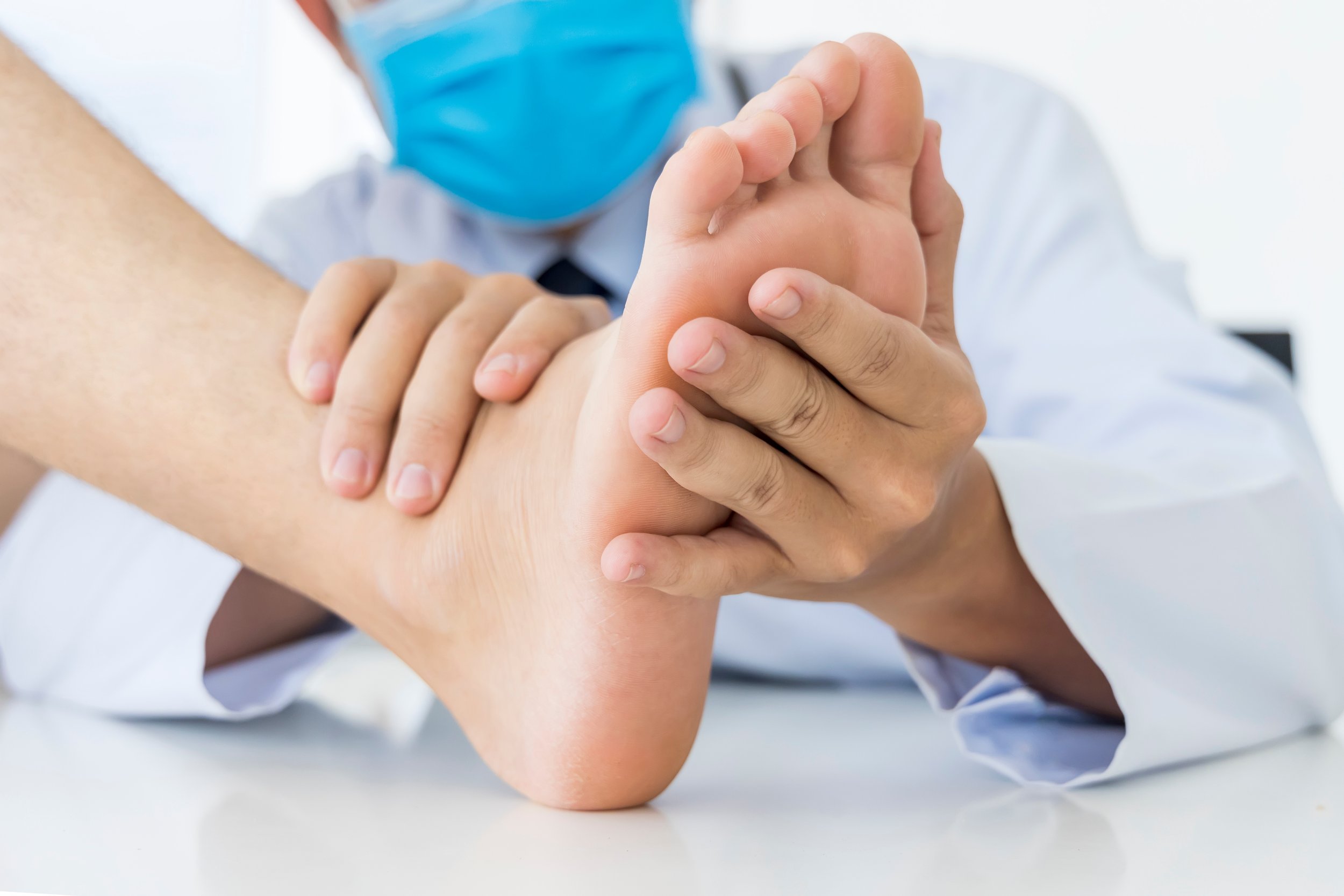Articles
Filter by Topic
- Adaptive Sport 1
- Artificial Intelligence 1
- Bike Labyrinth 3
- Bone density 1
- Brachial Plexus 1
- Bridging the Gap 1
- Bridging the Gap 1
- Carbonhand 4
- Cardiovascular 1
- Client Stories 4
- Cognition 1
- Company Updates 3
- Decision Making 1
- Dementia 1
- Denervation 21
- Diabetic Foot 12
- Efficiency 1
- Electrotherapy 27
- Exercise Benefits 28
- FES Cycling 12
- Functional Electrical Stimulation (FES) 55
- Gait 2
- Goal Setting 5
- Grip 3
- Healthspan 2
- Indego 13
- Lifestyle 8
- Lower Motor Neuron 1
- Mobility 17
- Motivation 2
- NMES 1
- Nerve injury 1
- NexStride 1
- Occupational Therapy 1
- Orthotic 15
- PRAFO 22
- Pain 5
- Parkinsons 2
- Pressure Ulcers 10
- Product Updates 7
- RISE Stimulator 9
- Safety 2
- Sponsor 1
- Standing 4
- Stim2Go 2
- Stimulette den2x 5
- Support 1
- TENS 1
- Technology 17
- Tek RMD 21
Article Length
- 1 minute read 3
- 10 minute read 9
- 11 minute read 7
- 12 minute read 7
- 15 minute read 6
- 18 minute read 1
- 19 minute read 1
- 2 minute read 4
- 26 minute read 1
- 27 minute read 1
- 28 minute read 1
- 3 minutes read 9
- 4 minute read 34
- 5 Minute read 12
- 6 minute read 6
- 7 minute read 13
- 8 minute read 6
- 9 minute read 3
- FES 2
- FoG 1
- PRAFO 1
- Seven Minute Read 1
- awareness 1
- carbonhand 2
- cognitive 1
- cues 1
- freezing gait 1
- freezing of gait 1
- gait 1
- neurological 1
- neuroplasticity 1
- nexstride 2
- occupational therapy 1
- occupational therapy day 1
- orthopaedics 1
- orthotic 1
- parkinson's 1
- pressure 1
- pressure relief 1
- prevention 1
- rehabilitation 2
- stroke 1
- ulcers 1
- world stroke day 1
Stim2Go's Body-Aware Technology is Changing Therapy
Rehabilitation technology is undergoing a revolutionary transformation, driven by innovative solutions that prioritise adaptability and personalised care. This article explores how cutting-edge advancements, like Stim2Go, redefine therapy by aligning with the natural dynamics of the human body. By shifting from traditional, one-size-fits-all methods to highly individualised approaches, we are entering a new era of recovery that holds profound implications for patients and clinicians alike.
FES Cycling Revisited
n this article, we showcase the arrival of a new product called Stim2Go, which promises to open up the availability of Functional Electrical Stimulation (FES) Cycling to a much wider group (and do some other clever things, too).
PAJUNK GmbH, one of the global market leaders in regional anaesthesia, has introduced the Stim2Go worldwide. The product' was developed and operated by another German company, SensorStim Neurotechnology GmbH. The product has regulatory approval in the USA and is now available in Europe and the UK as a registered medical device.
The introduction of Stim2Go provides a more accessible and efficient solution for (FES) cycling because it allows the user to add this capability to just about any passive/active bike such as the Thera Trainer range.
How FES Cycling systems are optimised for a user?
FES Cycling is a well-established technique that allows persons with lower limb paralysis, perhaps after a spinal cord injury, to exercise their leg muscles actively despite the paralysis. In this article, we ask how to enhance muscle mass and joint flexibility through targeted electrode placement and a progressive exercise regimen.
Optimising FES Cycling involves carefully considering several factors to enhance muscle development and improve joint flexibility. Here, we’ll touch on a few key aspects. If you’re interested in exploring the topic further, we’ve included a list of in-depth articles on FES Cycling below.
Creating an Assessment Report and Training Plan for the RISE Stimulator
In this article we look at how we deal with enquiries about the RISE Stimulator. This product is used to treat muscle denervation using a unique electrical stimulation device. Clients may have experienced a spinal cord injury affecting the lower motor neuorons or they may have a peripheral nerve injury.
In all cases, all parties need to know whether the product is likely to be safe and effective to use. Here we look at an ideal situation where complete information is available.
Is Electrical Stimulation Safe?
Electrical Stimulation Therapy has established itself as a substantial tool in physical therapy. Applications such as Transcutaneous Electrical Nerve Stimulation (TENS) units and Electrical Muscle Stimulation (EMS) devices have demonstrated substantial effectiveness in improving overall function.
However, the application of electrical stimulation requires stringent safety measures. Assessing patient history, establishing clear treatment objectives, verifying equipment certification, and checking for any contraindications are essential steps to ensure safe and effective treatment. The presence of conditions such as pregnancy, wounds or scars in the electrode area, metal or active implants, and skin diseases may require careful evaluation before proceeding.
Proper patient education on equipment use, along with professional supervision, helps to maximise the benefits while minimising potential risks. Overall, when applied correctly and tailored to individual needs, electrical stimulation can significantly contribute to enhancing rehabilitation outcomes.
An Innovative Orthotic Product for the Prevention and Treatment of Equinus Contracture
In this article, we have outlined the implications of equinus contracture, a condition that often affects stroke patients and can cause significant physical disability. We've addressed the limitations of commonly used orthotic solutions and introduced the 654SKG DDA Orthosis, a dynamic device designed to prevent and even reverse heel contractures.
This orthosis ensures tissue health and corrects biomechanics, making it a valuable tool for various clinical applications. The article also provides guidelines for its proper use and stresses the importance of consulting with healthcare professionals before starting to use any device for the treatment or prevention of equinus contracture.






